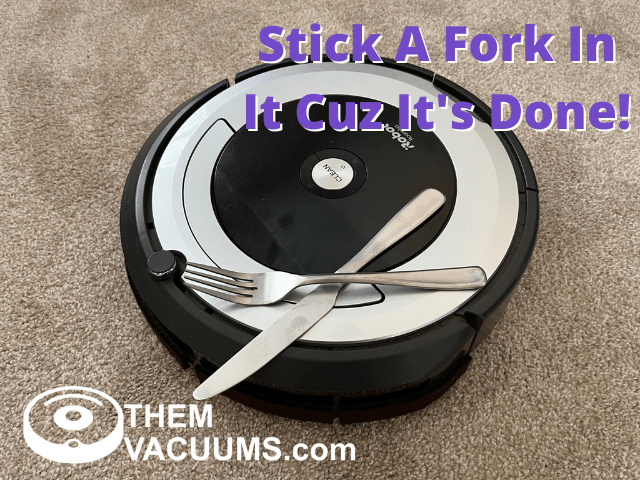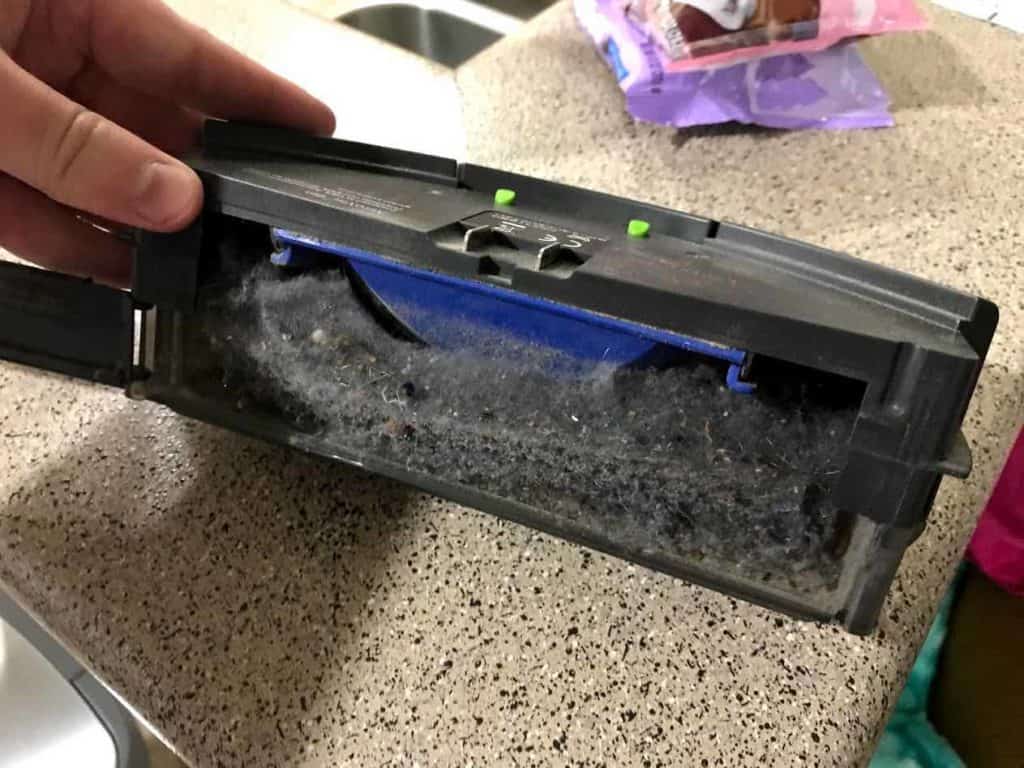Robot vacuums like the Roomba are quite the marvel, aren’t they? They zip around your home, cleaning, and to many, it seems almost like magic how they navigate. But there’s a method to what looks like random movement.
These smart little machines use sensors and algorithms to map your home and avoid obstacles. They’re programmed to understand where they’ve cleaned and where they need to go next. Whether they move in a methodical pattern or seem to wander randomly, they’re designed to cover all accessible areas.
Once they’ve done their job, covering every nook and cranny they can reach, they head back to their charging stations, mission complete. So, it’s not random at all – it’s pretty clever technology at work!
What Is A Roomba Robot Vacuum Cleaner?
A Roomba is a type of robot vacuum that vacuums your floors so you don’t have to.
The older style would use a bumper to let them understand they hit something and then go in a different direction. Modern bots use cameras and LiDAR to see around your home to avoid obstacles.
It’s these two types of navigation that determine how long your vac will run for and when it knows that it’s completed cleaning. Now that we have some background let’s talk about how they understand they’ve completed a cleaning job.
How Do They Know When It’s Done?
There are 2 main ways they navigate your home, random and mapping. Each way determines how the bot knows when to stop cleaning.
- If your bot uses mapping to navigate around your home, then it knows all the places it can reach. Once it has gone through all the places on the map it has created of your space, then it knows it has finished the job. The robot may even go home to recharge and pick back up where it left off, it’s that smart.
- If your bot uses random navigation, a common thing for cheaper ones, then it doesn’t actually understand when it’s done and only stops because it’s running out of battery. Even though many random navigation bots can return home, it’s more of a parlor trick. The vacuum bounces around your home until it’s out of juice and then keeps going until it finds it’s home base blinking light that it uses to guide it back to the charging station. At that point, the bot considers itself done, even if it didn’t clean everything.
This is why bots that map your home are better at cleaning, as they will clean every inch line by line until it’s done. When they run out of battery they go home to recharge but will pick back up where it left off.
The Sensors Tell Roomba When It’s Full
Robot vacuums have sensors that tell them when they are full. Some use sound, some use light, some use vacuum motor stress and some use a timer.
They can have a microphone, not good for picking up voices but good at picking up thuds of dirt hitting it, to determine if it’s full or if it’s at an extra dirty spot. You also have some models that will use a light to determine how full the dust bin is and warn you.
But most simply use a timer to understand it’s time to empty the dustbin. They don’t have a clue, but if it’s been a week since you open the dustbin lid and the robot has been cleaning multiple times, it’s safe to assume it’s full.
Ideally, you should empty the dustbin after every cleaning, especially if you have a lot of carpet.
Don’t Worry, Moving The Bot Won’t Confuse It
If a robo vac is cleaning and can understand when it’s done, will moving it in between the cleaning cycle confuse it?
The truth is that they will be fine if you pick it up and move it somewhere else.
If it’s a dumb random one, it won’t make any difference.
The mapping bots will understand the difference, but they’re always updating their maps and learning. If the machine has been to that room before, it will be fine and if it has not, it will start to find the walls and doors to learn the room.
Either way, the bot won’t care if you move it somewhere else in the middle of cleaning, as they will adapt just fine.
They’re Smart Enough To Charge Themselves
Most models you get today are smart enough to find their way back to the home base and recharge. Even the dumb random navigation ones can get lucky and find it’s charging station without much issue.
If you have a bot that doesn’t have a base station or simply misses it, you need to recharge it after every use.
You should also charge your bot before its first clean to get the battery up to performance.
How long you should charge your bot for depends on the model, but usually, it’s around 3 to 4 hours.
You also don’t have to worry about overcharging, as they will stop charging once they are full.

